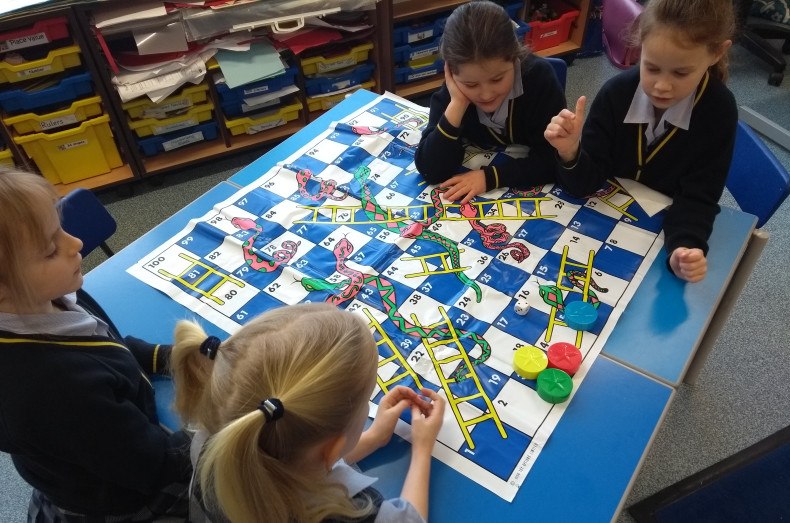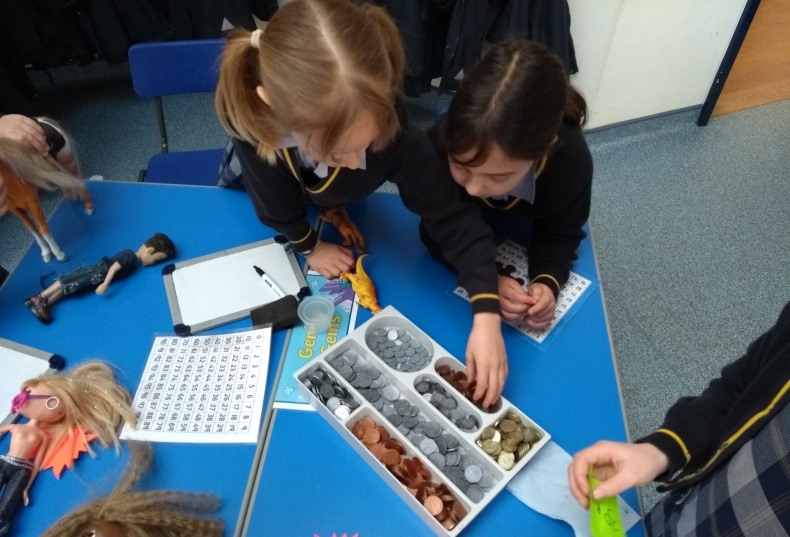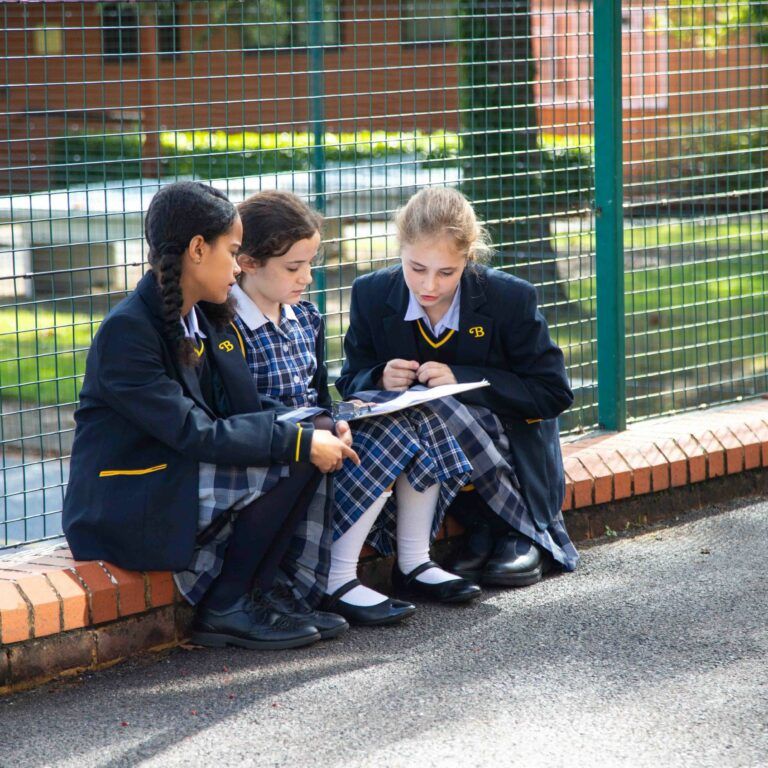We encounter mathematics in some shape or form throughout our day to day lives. Despite this maths is one of those subjects that can strike fear into the hearts of both children and adults. This fear and the perception that ‘I can’t do maths’ can strike early in life yet for most this is simply not the case.
As teachers and as parents, it is important that we are able to give children the tools to tackle the mathematical concepts they encounter not only in the classroom but beyond the confines of a worksheet or exercise book, out in the big wide world. Children, particularly in the infant age range, have a very defined view that mathematics is something that happens in maths lessons. By exposing them to the mathematics that is all around them they are then able to see both the value of learning to ‘do’ maths and also that it can be something to be enjoyed.
There are many ways to go about breaking down this boundary between school maths and real world maths. Consider the maths that you encounter from waking in the morning to going to bed at night. In the day you will almost certainly tell the time. This is something that can easily be discussed with your child, whether analogue or digital, this is an opportunity to talk to your daughter about what is happening and how long until the next event in the day.
Board and Card Games
At a pre-school level (and well beyond) board and card games are a great way to introduce mathematical concept. There are many companies pitching games to exactly this audience but equally there is great benefit in more traditional games such as snakes and ladders where a child is required to recognise that dots on a die represent a number, count the number of spaces with their counter and consider which direction to travel in on the board. A pack of playing cards can reinforce recognition of numbers to 10 and they ways in which they can be represented. Junior versions of games such as Monopoly require children to count out money and begin to consider doubles as well as developing strategy and reasoning skills.

Shopping
The supermarket, or any other shop for that matter, is a fantastic source of mathematical investigation. For younger children simply reading the price of an item on the shelf and comparing it with the price of another provides a real world context for exploring greater and less. Older children can estimate the total price of the shopping using rounding and estimating to get a sensible answer with perhaps even a prize for the closest! The labels themselves are full of information and encourage children to work out the best value product by looking at the price by weight or volume can spark discussion about measure. Contactless payment now means that money doesn’t even need to change hands at the till in our increasingly digital society but giving children opportunities to handle coins and notes is still a valuable exercise. Children can use coins to count in 2s, 5s and 10s, explore place-value including decimals and to investigate the ways in which different combinations can be added to make one amount. Older children can work out and check change given.

DIY
Doing some DIY? This is another great opportunity to access some real life maths. From counting screws to measuring lengths for younger children, to working out the area of a wall or floor to calculate the required amount of paint or carpet for upper key stage 2. There are plenty of ways to enhance your child’s learning.
Cooking
How about some baking? The kitchen is a fantastic resource for exploring mathematics. Cooking of any sort requires counting, weighing and measuring. For older children it is a chance to explore ratio and proportion by doubling or halving mixtures or to convert between different units of measure, whether metric or imperial. It can also be a way to develop an understanding of fractions. Sharing pizza or cake is a way to explore anything from simple fractions such a halves and quarters to the more complex ideas of equivalence and comparison. In the classroom I find that any maths that involves chocolate is met with immense enthusiasm!
Conclusion
Connecting maths to the real world and grounding it in everyday experience gives it value and purpose and spotting these opportunities to embed learning goes far in the way of preventing and even overcoming the dread that too often occurs with the mention of mathematics. These everyday experiences and the ability to recognise the mathematics in daily life will give children the motivation to succeed in mathematics.
Shelley Allen
KS1 Teacher and Junior School STEM Coordinator


